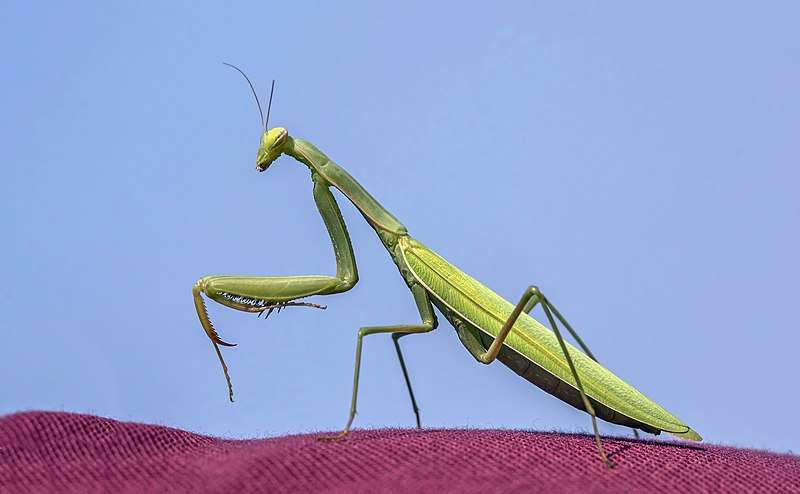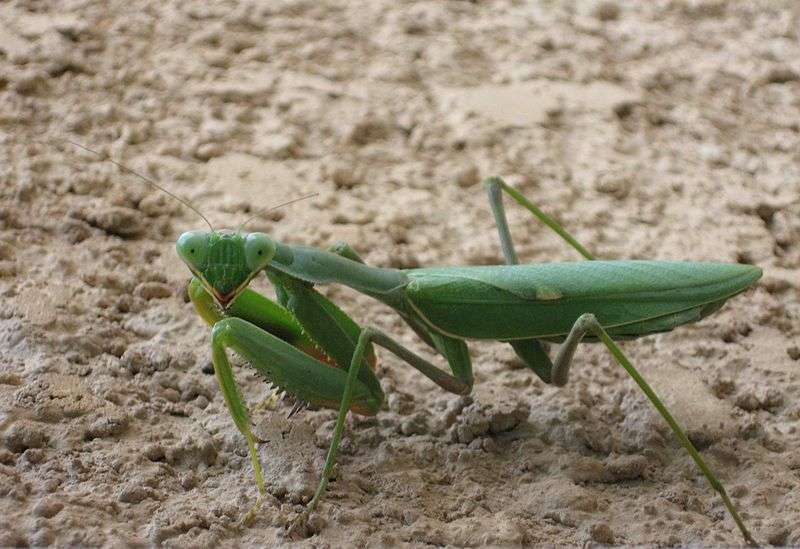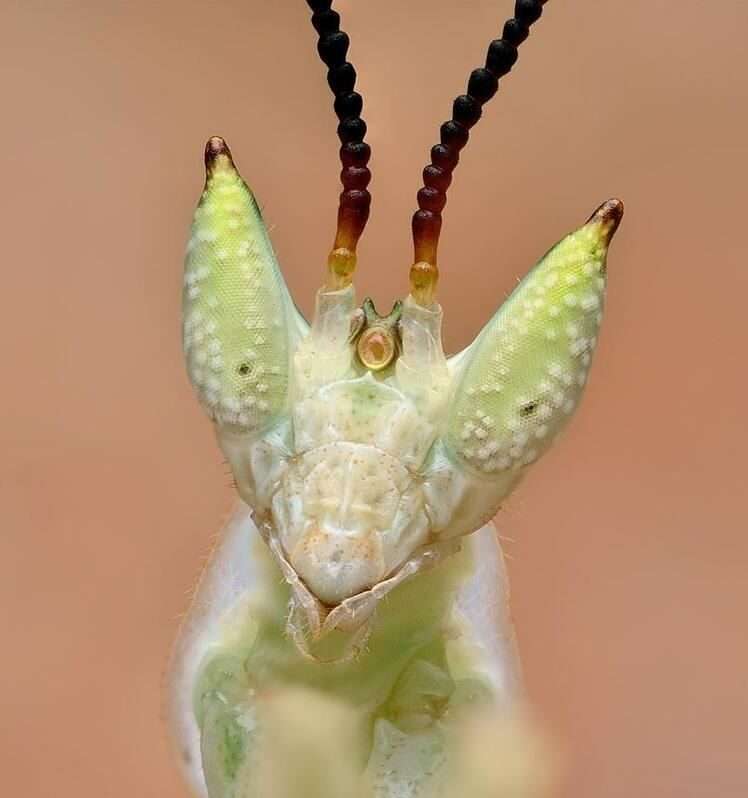
Description
Scientific Name: Mantis religiosa
Lifespan: Males lived an average of 165 days (5 months), whilst females lived an average of 196 days.
The European mantis has two pairs of wings, a long, slender body, and these features. The forelegs of the insect are referred to as “raptorial legs” since they are designed for catching prey. Sharp spikes added to the raptorial legs prevent prey from escaping. The mantis’s head is triangular, and it has beak-like mouthparts and big complex eyes. The head can rotate over 180 degrees and is quite mobile.
The European mantis has a wide range of colour. The species might be black, yellow, green, brown, or even brown in colour.
Habitat
With a fairly wide geographic range, the European mantis can be found in Europe, Africa, Asia, and (perhaps) Australia. Additionally, the species was brought to North America, where it now exists in both the United States and Canada. The European mantis can be found in a range of natural and man-made environments, including open valleys, roadside medians, and even urban gardens.
The species is often found in warm, open environments with a variety of herbaceous and shrubby plants, tall grass, and sunlight. The adults may live in semi-arid desert areas and can withstand extremely high temperatures. The ootheca, or egg case, may withstand long winters.
Behavior
Despite the fact that they actively stalk their food when they notice it, this type of mantis is often quite quiet. Miomantis don’t seem to be deterred from attacking prey, even if it seems a bit huge for this mantis. This mantis will flee or fly away if it is startled by humans or other predators. No known defense mechanism, such as death feigning or the display of colored marks, exists.
Keeping as a Pet/ In Captivity

Environmental conditions
The optimal temperature range is roughly between 23 and 28 °C. You can let the temperature drop a little bit more at night.
Although this species does not have high humidity requirements, it is crucial to give the mantis access to water about two to three times per week. An ideal air humidity range is between 40 and 65%.
The housing requirements for this species of praying mantis are the same as for all other species: it must be at least three times as tall as the mantis and at least twice as wide. This means that it must be at least 18 cm wide and 27 cm tall for an adult.
A terrarium that is 30 x 30 x 30 cm in size would be ideal because it has area for many artificial plants and perches.
Group housing
More than one Mantis religiosa must be kept in a separate enclosure. Mantis will attack and eat each other if you group them together. If you provide small nymphs till L3 plenty of food and space, you can keep them together in one enclosure.
Table





